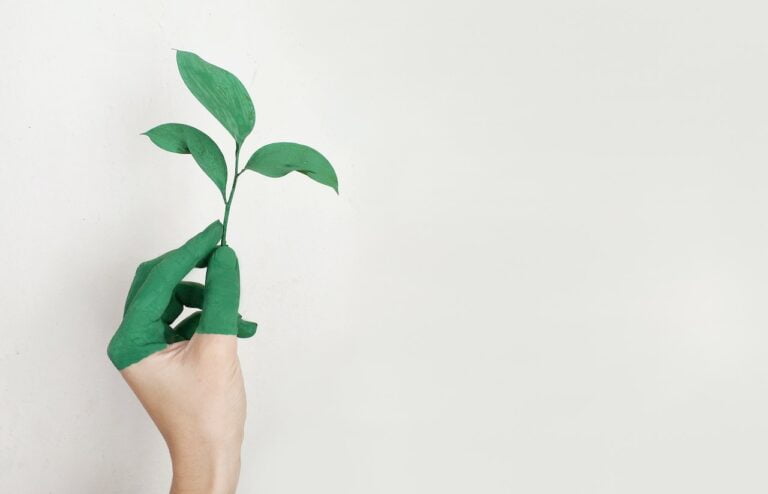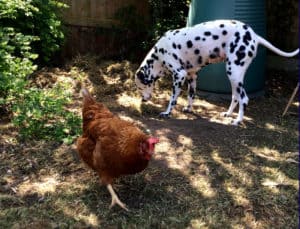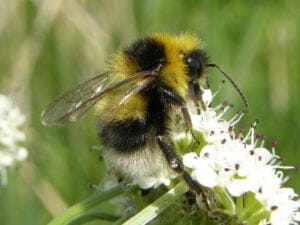Table of contents
How to make eco-friendly products for cleaning
So, you want to keep your house clean with eco-friendly cleaning products? Keeping your home clean without harsh chemicals is not as hard or as much work as you think. Even the preparation of eco-friendly products takes a very like time, and utilizes only 3 main ingredients:
Apple cider vinegar or Distilled White Vinegar
Here we have one of nature’s most concentrated cleaners. The presence of acetic acid in white vinegar and apple cider vinegar has powerful antibacterial properties. (1) Between White vinegar and Apple cider vinegar, white is preferred for cleaning products. It efficiently removes stains, grease, and dirt from kitchen and bathroom surfaces.
Bicarbonate of soda
This is another one of nature’s wonder products. It is useful when combined with the other ingredients mentioned here and is a great cleaning product. Bicarb is effective for removing rust, as a gentle scouring powder, or even for removing paint in a soda blasting process! (2)
Essential oils for eco friendly cleaning products
The essential oils improve the scent of the cleaning products. Some oils, such as lavender, are good to use if you have pets, as pests and parasites don’t like its scent. If you don’t like lavender or just fancy a change, you can also scent your eco-cleaning product with citrus oils.
You can make some easy, eco-friendly cleaning products using a combination of apple cider vinegar or white vinegar, bicarbonate of soda, and some essential oils.
Eco-Friendly Kitchen Cleaning
I know what you are thinking. How can a homemade spray be effective against bacteria from meat Bacteria like e.coli and salmonella? Rest assured, the Acetic acid in both vinegar has excellent antibacterial properties. It is effective against other ‘gram-negative’ bacteria that can cause meningitis and other infections.
We will use some essential oils to give the eco-friendly cleaning spray a good scent. You can use any essential oil you like but remember it must blend well with white vinegar’s smell. In my experience, the best oil to use is tea tree oil. It is not only complimentary to the scent of the eco kitchen spray, but it is also a natural disinfectant.
There are hundreds of recipes out there, but I have used this one for a few years now, and it has served me well in the kitchen. For natural kitchen cleaning, we recommend you use white vinegar. Do not use this spray on soft stone worktops like marble;

Eco-Friendly Kitchen Cleaning Spray
Ingredients for eco-friendly kitchen cleaner;
- 280ml Water
- 280ml Distilled white vinegar
- a few drops of Tea Tree oil
To store the liquid, you will need a ½ liter spray bottle. Before each use, shake the spray bottle until the essential oils mix with the contents.
- Mix the 280ml of water with the 280ml of distilled white vinegar.
- Poor the liquid into the spray bottle.
- Add the drops of tea tree to the bottle
- Shake and use around our kitchen
To keep in with the trend of improving our impact on the world, it’s good practice to use a glass spray bottle. You can even re-purpose old bottles with adjustable spray bottle caps, clean out old bottles & refill them with the cleaning solution.
For more ways to integrate sustainable practices into your daily life, check out our guide on How to Live a More Eco-Friendly and Sustainable Life.
The Eco Friendly Way To Clean Your Bathroom
For cleaning your toilet, bath & shower, you can use the same solution as the eco kitchen spray. If you want some variation in smell, you can always mix up the essential oils with something like a citrus-based oil.
To clean ceramics in the bathroom with a gentle eco-friendly sparkle, you can use a scrub made from bicarbonate or soda. Use this scrub by generously applying to any ceramic surface and washing it with a cloth and warm water. This scrub is excellent against mold, soap scum, and lime scale.
The following will give you around half a cup of eco-friendly scrub. You can make as much as needed based on these ratios.
Ingredients for eco-friendly bathroom cleaner;
- ½ a cup of bicarbonate of soda
- ¼ cup of distilled white vinegar
- 4-8 drops of tea tree (or your choice of essential oil)
Combine the ingredients before cleaning. There will be bubbling, but this is nothing to be alarmed about. Mix the scrub and apply it to the area you want to clean. Leave for 30 seconds to a minute and wash off with warm water. Not only will your restrooms be clean and smell great, but they will also gleam.
Enhance your eco-friendly lifestyle by pairing sustainable cleaning habits with the energy-saving advantages of smart thermostats—learn more in our guide on Top Benefits of Using Smart Thermostats in Your Home.
Eco-Friendly Pet Care
Suppose you are like me. Throwing chemicals over your cat or dog every three months during flea season could be a lot better. The substances used to change nearly every year due to resistance developed by fleas and other parasites. It makes me wonder how long the chemicals used to get tested for and what side effects they could have.
The good news is that with the same ingredients used above, we can also fight such infestations without using harsh chemicals. There is some effort required from the owner, but I believe it is worthwhile sacrificing for our furry friends;
The Eco-Friendly Way To Get Rid of Fleas
Yes and no, vinegar can be used as part of a multi-pronged attack and defense routine against fleas. You can effectively combat fleas without chemicals using bi-carbonate soda and vacuuming.
Keep your home healthy and pest-free with our natural solutions—check out How to Get Rid of Cat and Dog Fleas Naturally for safe and effective tips.
Bicarbonate of soda against fleas
We have already read about the mighty cleaning power of bicarb, this incredible tool, supplied by nature, is also effective in the fight against fleas. 24 hours before you vacuum a room, generously spread bicarbonate of soda over the carpeted areas and on material furniture.
Bicarb dehydrates the flea eggs and agitates the flea itself. After 24 hours, vacuum the area and dispose of the vacuum contents right away. It would be best to hoover daily, especially in areas where pets sleep. Use bicarb once, maybe twice per week
Essential oils for fleas
Fleas are creatures of convenience, and they will stay on a host so long as it is worth their while. One of the ways we can make the environment less hospitable for fleas is to use essential oils.
Citronella, cedar, rosemary, peppermint, lemongrass, and lavender are all great at repelling fleas from home. Find the ones you like the most and add them to your laundry and carpets (watch out for staining).
Do not add essential oils directly to your pets, which could cause unwanted effects such as allergic reactions and poisoning.
DIY flea traps
Flea traps are great at drawing in any straggling fleas that have survived the onslaught of bicarbonate of soda and essential oils. To make a flea trap simply;
- Fill a small shallow dish with water and some washing-up liquid
- Find a light source you can place over the water source, or float a t-light in the water (practice fire safety)
- Leave overnight in infested areas
The flea is attracted to the light’s warmth in the night’s calm. As they leap toward the heat, they fall back into the water. Washing up liquid helps break the water’s surface tension, allowing small things like fleas to fall to the bottom of the dish. Without the washing-up liquid, they float and can swim safely- escaping your trap!
Flea combs
It’s important to know where the fleas are coming in from. For example, in my house, it’s a cat. He likes to go out hunting which puts him in contact with wild animals who may pass no fleas. Fleas also live in the wild, waiting for a host to pass before jumping on for a meal.
After identifying the animal or animals bringing in the pests, imposing a strict brush routine is essential! To achieve this, I bribe my cat with treats and turn it into a pampering session. There are not many cats who will not go along with that.
Try brushing your animal(s) at least twice a day with the flea comb. It would be best if you had a bowl of soapy water. When you come across a flea, get it into the water asap & continue brushing your pet. If this is maintained, it is the most effective way to keep fleas out of your home.
Summary
Using a combination of the above techniques to remove fleas, it is possible to live through flea season with little to no issues caused by fleas. In turn, you avoid using chemicals on your furry family members unnecessarily. It requires a little more work, but these can be bonding sessions for you and your pets when done correctly.
Support your natural health journey by combining eco-friendly cleaning habits with tips from our guide on How to Naturally Boost the Immune System.





